Camp Century: America's nuclear powered base under the Greenland ice sheet. (Patreon)
Content
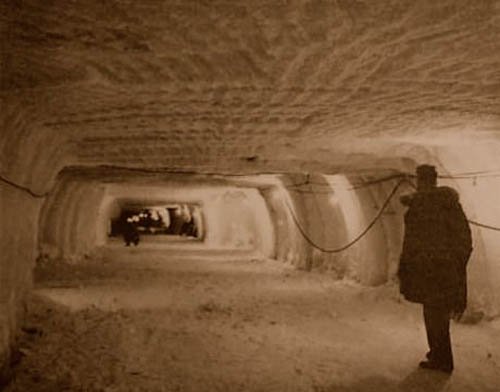
Source
Project Iceworm was the code name for a US government plan to build nuclear missile silos in Northern Greenland, within striking distance of the Soviet Union. To study the feasibility of building such structures under the ice, a precursor project named Camp Century was undertaken. Officially, the purpose was scientific, though even at the time that wasn't fooling anybody.
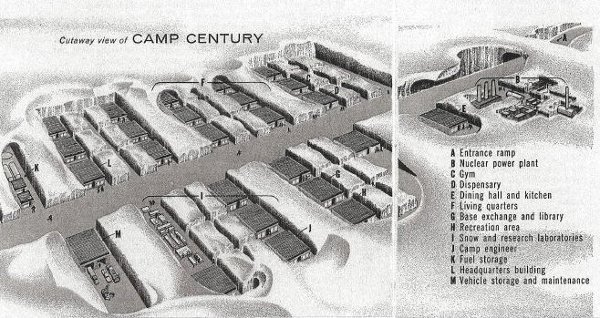
Source
Consisting of 21 trenches cut into the ice, covered with alumnium hemicylinders and then buried in snow, Camp Century was a truly innovative endeavor. Antarctic bases had already been established and in fact, there was an air force base 150 miles from the Camp Century construction site, but this was the first such base to be embedded into the ice sheet itself.
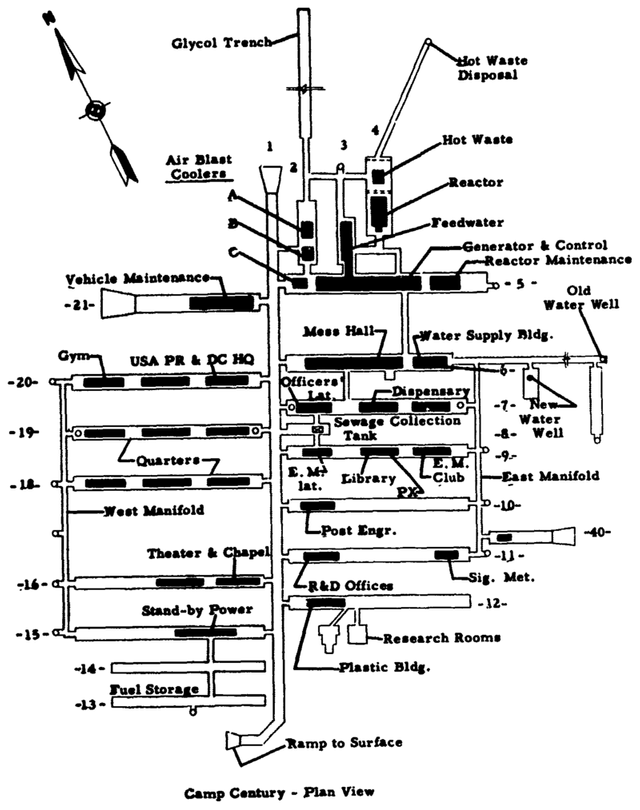
Source
To build a military base underground is one thing. Subterranean construction is a known quantity. But rather than burrowing into rock, the tunnels were simply carved out of the ice itself, the interior temperature kept just barely shy of its melting point as a compromise between the comfort of the crew and the integrity of the tunnels.
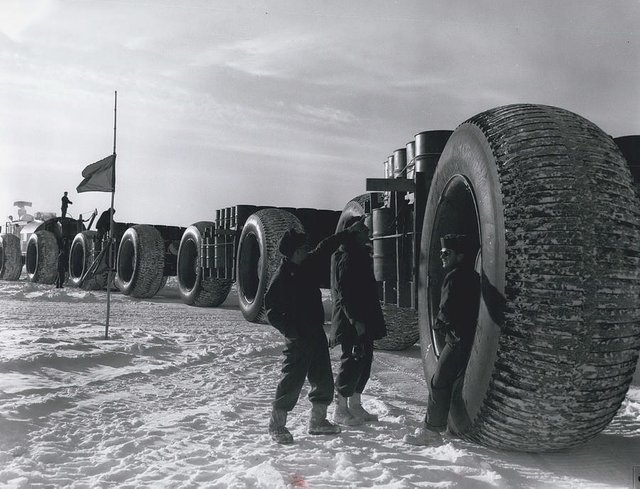
Source
In a move typical of our government, permission for the project was asked of Denmark after construction was already underway in secret. The base included some surprising on-site amenities to keep the crew from being too miserable, such as a shop, a theater and a church.
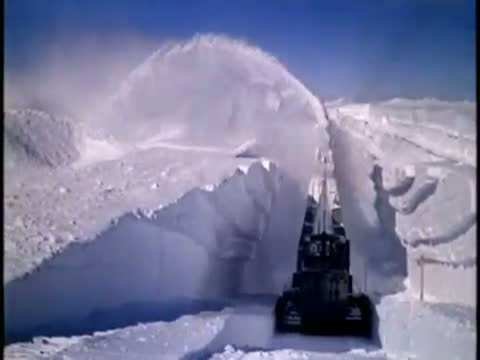
Source
The biggest innovation apart from the under-ice construction was the means of generating electricity. Today, we hear about portable nuclear reactors and don't bat an eye. At the time however, it was the stuff of science fiction. Between 1960 and 1963 all power on site was generated by nuclear, the first time such a feat had been accomplished under remote, hostile environment conditions.
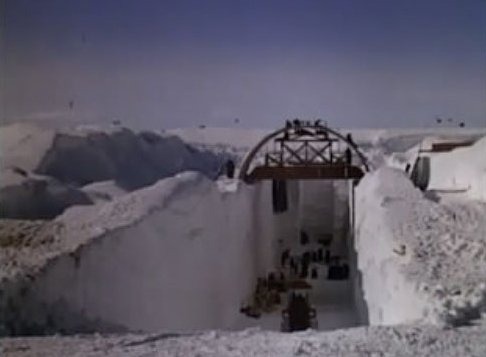
Source
As you might imagine, drinking water was sourced from the ice, though it was screened prior to consumption in case there were any unknown microorganisms in it. For a time, everything ran beautifully in apparent vindication of the concept. That is until core samples taken from the ice showed that the glacier Camp Century was embedded in was moving faster than expected, and shifting ice would destroy the tunnels inside of two years.
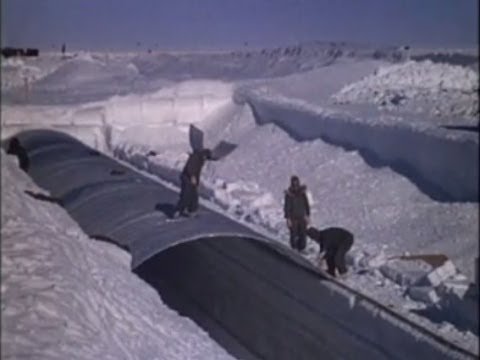
Source
Those ice cores were some of the first taken by the US. Though not for climatological purposes, the data from them is still employed by climate scientists today. Lessons from the difficulties encountered during construction, and the ultimate fate of the base, greatly benefited modern operations in the Antarctic.
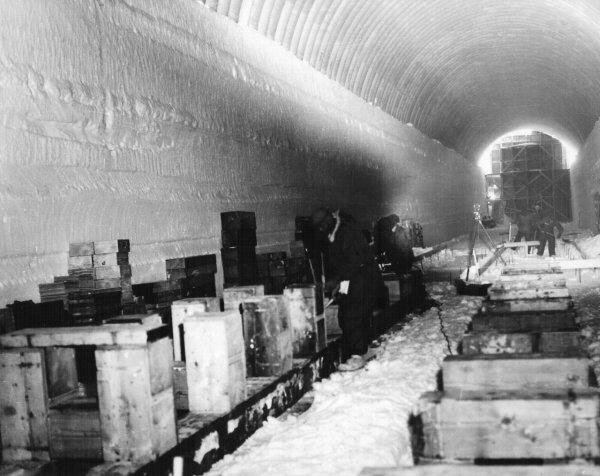
Source
The missile launcher network that Camp Century was a prototype for would have covered an area of 52,000 square miles. The launch complex floors would have been dug 28 feet deep into the ice, the silos even deeper than that, and individual silos were to be spaced four miles apart such that nuking one would not damage others (unless the yield was absurdly high).
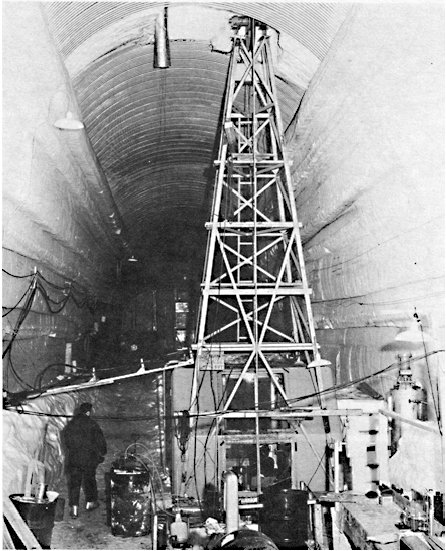
Source
The kicker was that new tunnels would be dug every year in order to move the missiles around, for the purpose of preventing Moscow from knowing their exact locations at any given time. The cost to the taxpayer would've been unfathomable, but then, it was the cold war.
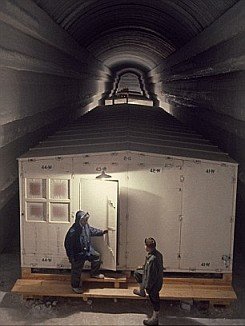
Source
Interestingly, projected ice melting over the next century is expected to reveal the remains of Project Century which were left there under the assumption that they would be forever buried by continued snowfall. Relics from a bygone era, but which represent a principle that holds true today: We can seemingly only achieve great, ambitious goals when motivated by fear.
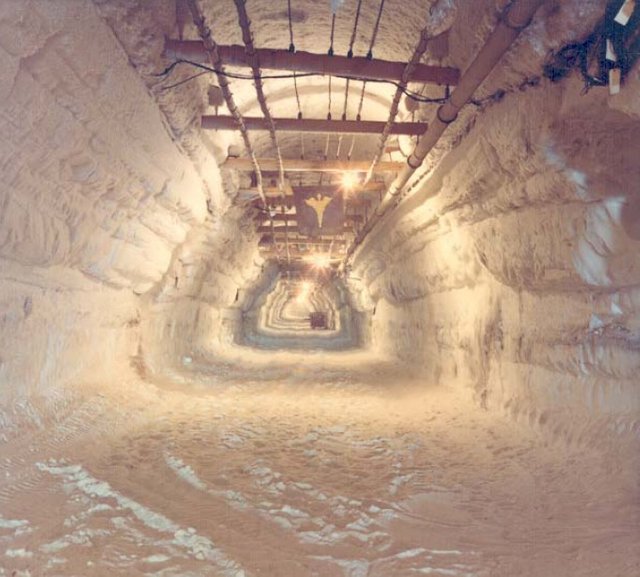
There's an excellent documentary about the project here, which you'll recognize many of these images from: https://www.youtube.com/watch?v=1Ujx_pND9wg